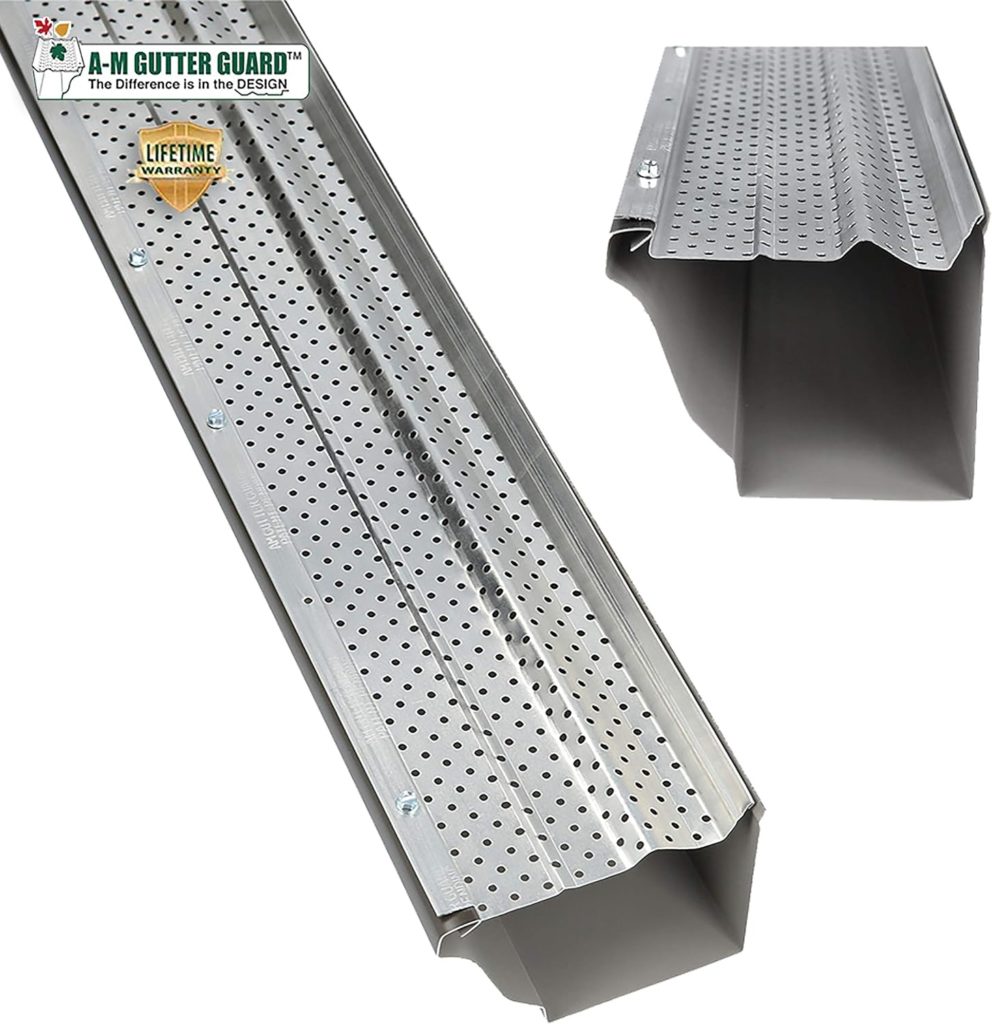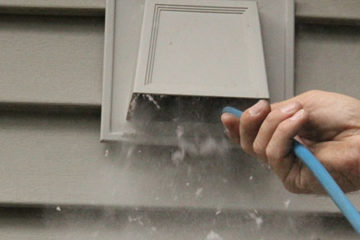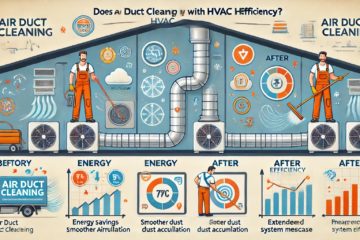As fall approaches, inspecting your roof for damage should be a priority on your Ready For Fall Checklist. Your roof serves as the first line of defence against the elements, and taking the time to ensure it’s in good condition can help prevent costly repairs and protect your home throughout the season. Let’s explore why roof inspection is essential, what to look for, and how to properly inspect your roof for damage.
Why Roof Inspection is Essential for Your Ready For Fall Checklist
Seasonal changes like heavy rain, wind, snow, and ice can significantly impact your roof’s integrity. Addressing minor issues now can prevent them from becoming major, costly repairs later. A thorough inspection can help you identify potential problems, such as leaks or damaged shingles, that could lead to water damage, mould growth, or structural issues. Adding this step to your Ready For Fall Checklist ensures your home stays safe and dry throughout the colder months.
Signs of Roof Damage to Look For When You Inspect Your Roof for Damage
When you inspect your roof for damage, it’s important to know what signs to look for:
- Exterior Signs: Missing or damaged shingles, moss or algae growth, debris buildup, and visible cracks or gaps.
- Interior Signs: Water stains on ceilings or walls, mould or mildew growth, and sagging sections of the roof.
By being aware of these indicators, you can catch issues early and prevent them from escalating into more serious problems.
How to Safely Inspect Your Roof for Damage
Inspecting your roof can be dangerous if not done correctly. Here are some tips to help you safely inspect your roof for damage:
- Visual Inspection: Start by using binoculars or try a drone to visually inspect the roof from the ground. Look for missing or damaged shingles, loose flashing, and any signs of wear.
- Ladder Safety Tips: If you need to use a ladder for a closer look, ensure it is on stable ground and have someone hold it steady. Use appropriate safety gear, such as a harness, and never climb onto the roof in wet or icy conditions.
- Professional Inspection: If your roof is too steep or you spot significant damage, consider hiring a professional roofer to conduct a thorough inspection.
Common Types of Roof Damage and How to Address Them
Understanding the common types of damage can help you take immediate action:
- Shingle Damage: Look for cracked, curled, or missing shingles. Replace damaged shingles promptly to prevent leaks.
- Flashing Issues: Gaps or corrosion around chimneys, vents, and skylights can lead to water penetration. Seal or replace damaged flashing to maintain a watertight roof.
- Gutter Problems: Blocked or sagging gutters can cause water to back up, potentially damaging the roof and foundation. Keep gutters clear and ensure they are securely fastened.
Step-by-Step Guide to Inspect Your Roof for Damage
- Clear Debris: Begin by removing leaves, branches, and debris from the roof to prevent moisture buildup and potential damage.
- Check for Visible Damage: Look for missing shingles, cracked tiles, or any signs of damage that could lead to leaks.
- Inspect Gutters and Downspouts: Ensure gutters and downspouts are clear of debris and draining properly to avoid water damage.
- Examine Roof Vents and Flashing: Check around roof openings, such as vents and chimneys, for any gaps, wear, or corrosion.
When to Call a Professional to Inspect Your Roof for Damage
While a DIY inspection can help identify many issues, there are times when professional help is necessary:
- After a severe storm or high winds.
- When there are visible leaks or water stains inside your home.
- If you notice extensive damage, such as large sections of missing shingles or significant sagging.
In these cases, a professional roofer will have the tools and expertise to thoroughly inspect your roof for damage and provide the necessary repairs.
Additional Tips for Roof Maintenance in Your Ready For Fall Checklist
- Regular Inspections: Schedule roof inspections twice a year, ideally in the spring and fall.
- Trim Overhanging Branches: Overhanging branches can cause damage during windy or snowy weather. Keep them trimmed back.
- Install Gutter Guards: To reduce debris buildup in gutters, consider installing gutter guards for easier maintenance.
Conclusion: Inspect Your Roof for Damage for a Secure Home This Fall
Inspecting your roof for damage is a vital step in preparing your home for fall. By including this task in your Ready For Fall Checklist, you can ensure your home remains safe, dry, and protected from the elements. Don’t wait for small problems to become big ones—start your roof inspection today!






